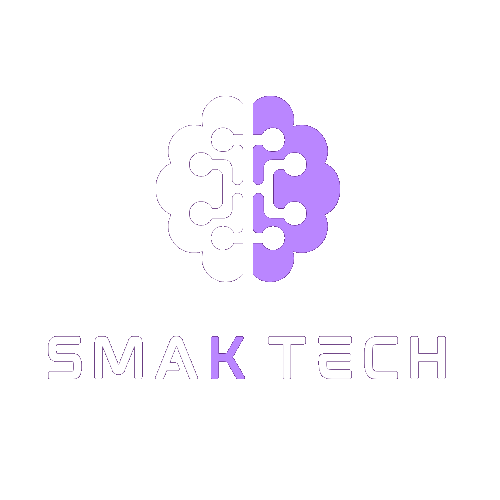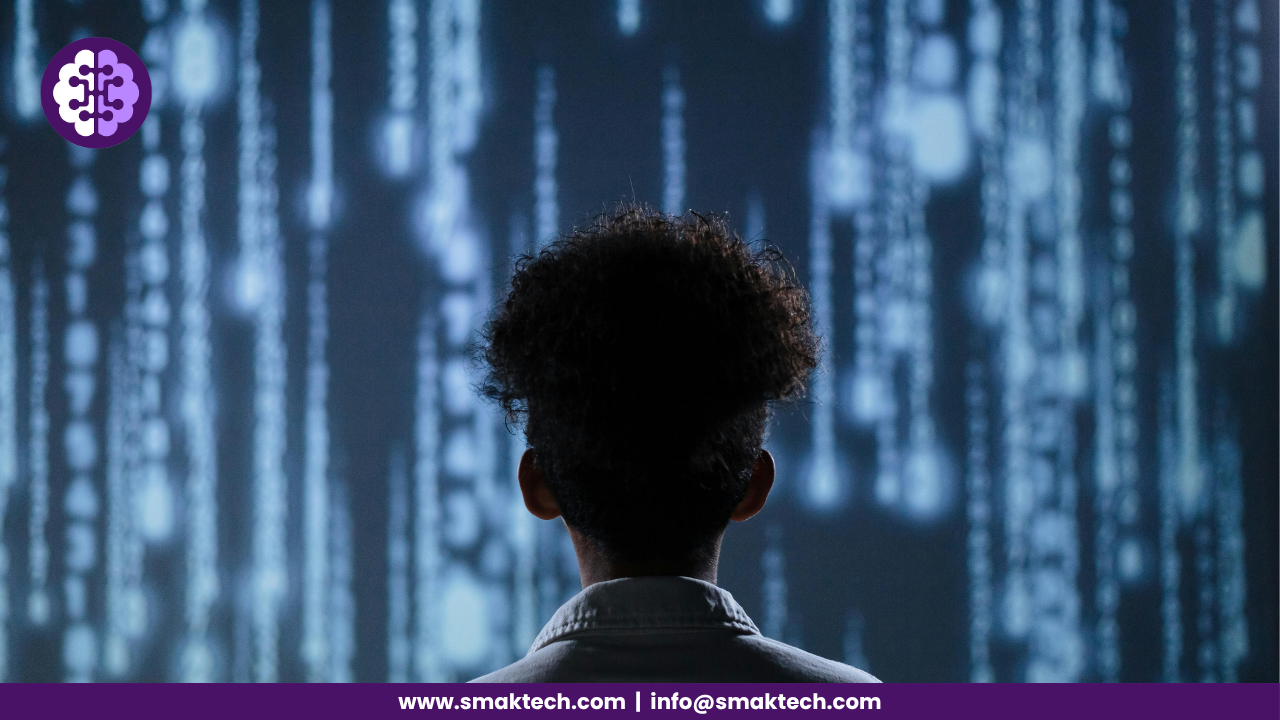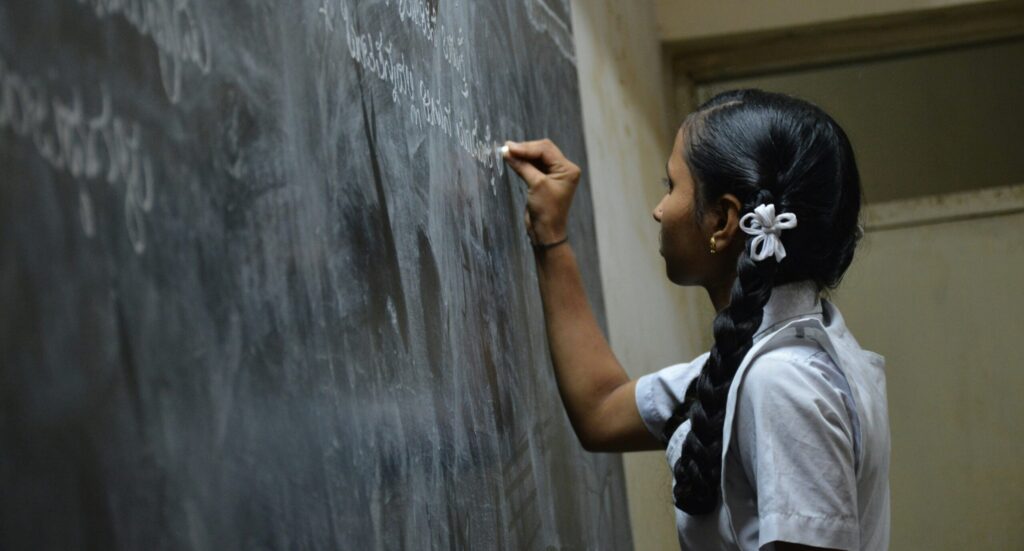A student is all set to start his study session, so he opens a learning app. Within seconds, he becomes aware of his remaining topics, the concept he struggled with the previous week. This is AI-powered learning, where insights are derived by algorithms. You are provided with Personalized pacing, real-time feedback. As artificial intelligence and machine learning enter classrooms, lesson plans, and learning platforms, education is undergoing a profound transformation. But how exactly does this work? And what is the future of AI? All these questions will be answered while you proceed through the blog.
Table of Contents
ToggleWhat Is AI-Powered Learning?
AI-powered learning is a method that enhances education by making it more adaptive, personalized, and efficient. Instead of a traditional one-size-fits-all curriculum, AI tools adjust content and pace based on each learner’s behavior, strengths, and needs.
Don’t let reading the definition shut down your curiosity. Here’s how AI changes the learning game.
“My AI tutor doesn’t judge me, and I can ask the same question 10 times without feeling bad,” A 10th-grade student said. I bet many students have the same feedback about the AI-powered learning because it’s not just about learning, but learning with confidence, excelling at what you are good at, while improving your weaker sections. That’s how AI makes you feel secure, and thus, you are more driven toward learning.
SmakTech is one such platform that serves you with personalized learning, real-time feedback.
How Machine Learning Works in Education
At the very core of AI-powered learning lies machine learning. It is a type of AI where systems learn from data and improve over time.
In simple terms, understand it as a type of artificial intelligence that learns from data as humans learn from experiences. These systems observe how a student learns, recognize patterns, and adapt accordingly.
From data to personalized learning
Data Collection
Every time you answer a question, skip a video, take a test, complete an assignment, or spend time on a topic, data is collected. This can include:
- Accuracy of answers recognizing it as right or wrong
- Time taken per question, measuring your speed per question
- Preferred content formats, whether you are comfortable with videos or text format.
- Repeated mistakes or topics revisited, recognizing which topics you need to pay more focus to.
Pattern Recognition
Machine learning algorithms process this data and look for patterns. For example:
- “This student gets 80% of algebra questions right but struggles with word problems.”
- “She watches videos but skips long reading assignments.”
- “He loses focus after 15 minutes for shorter modules.”
Predictive modelling
The system starts recognizing : Which student needs revision before the next exam, Which form of learning content does the student engage with most and When is a student likely to drop out.
Adaptive Action
- Recommending a recap video instead of a quiz
- Alert a teacher if a student continuously scores low
- Serve questions according to the patterns recognised
- The more data it receives, the smarter it becomes in decision-making
Ready to bring AI-powered learning to your school? Book a free demo at SmakTech
Learning Agents in AI powered learning
A learning agent is an entity that perceives the environment, for example, your answers to quiz questions, and decides on what to do next, for example, by showing a simpler question. And at the last Acts on that decision, for example, generate a new question set. These learning agents are behind the AI tutors, chatboards, and dashboards.
What’s Next: The Future of AI in Education

The present generation lives in a world where their dependency on AI is much higher, and it is bound to increase. What’s coming next is nothing short of transformative. From hyper-personalized learning journeys to AI-augmented teaching assistants, the classroom of the future will be smarter, more intuitive, and deeply learner-centric.
Hyper-Personalized Learning
It is the first of the way to a dynamic and flexible learning path. Now it identifies a learner’s strengths and weaknesses, Learning style, Study patterns, and attention span. This makes them invest their time accordingly. With hyper-personalized learning, even determine the time of day when they can perform best. Lessons could be auto-translated and audio-narrated.
AI-Powered Teaching Assistants
Teachers will have intelligent assistants that Grade assignments instantly, Flag at-risk students before exams, recommend resources for struggling learners, and Automate administrative work
More Human + AI Collaboration
Instead of replacing traditional human interaction through educators, AI will create a collaborative environment. Richer classroom discussions in which AI handles the basics and teachers go deeper. This leads to Improved feedback loops. leading to an environment where Empowered students can ask questions anytime, not just during class hours.
AI for Inclusive and Global Learning –
Inclusiveness and exposure will surely increase. Voice-to-text and real-time translation for differently-abled learners will help them tremendously. Affordable,
Ready to bring AI-powered learning to your school? Book Free demo at SmakTech
With Great Power Comes Great Responsibility
We must be cautious of biases in algorithms that could reinforce inequalities. Data privacy is important for students and teachers; thus, overdependence on technology may also reduce human interaction. These downsides must be kept in mind for building a future in AI. At SmakTech, we believe that technology should amplify human insight, not replace it. As educators, developers, and institutions embrace AI, the true impact will depend not on the tools we build, but on how wisely and responsibly we choose to use them.



